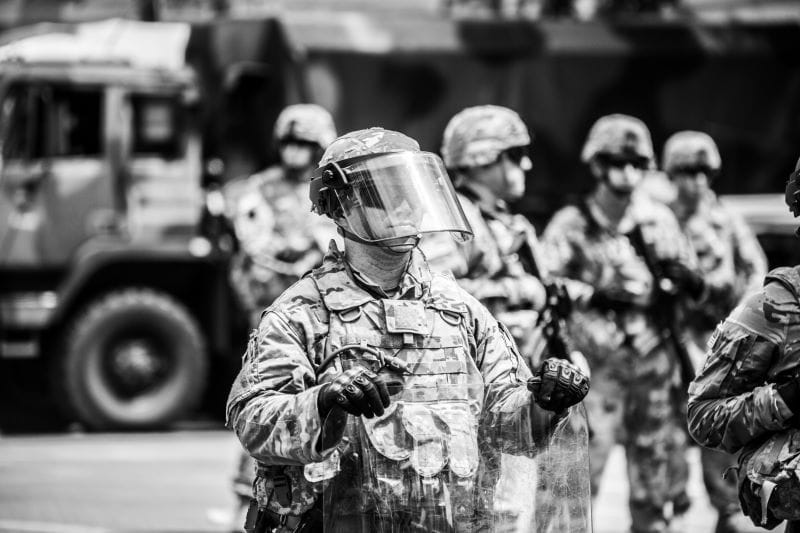
Why riot shields are not Bulletproof
Shields have been in use for thousands of years as a military tool for protecting the user. However, they later went out of fashion with the mass production of gun powder, for obvious reasons. Later, there was a resurgence in their need and popularity for law enforcement in the 20th century. The modern riot shield is designed to protect law enforcement and security personnel from specific threats in dangerous situations.
Today’s riot shields are effective for protection, crowd control, individual prisoner control, and other uses. Sadly, riot shields also have some limitations. Since most riot shields are made of 4mm thick plastic polycarbonate, they are often not bullet-proof, arrow-proof, unbreakable, or even fire-proof. If they are struck with enough force or hit repeatedly, riot shields will eventually break. And while polycarbonate is not fire-proof, it is at least flame resistant. This is important in especially violent confrontations that involve flaming projectiles.
Generally, riot shields are not designed to be bullet-resistant though, ballistic shields are. So, it all depends on the level of protection that you require from the shields. Ballistic shields would provide you with good ballistic-rated protection against most handgun rounds and firearms. Some ballistic shields are even developed for protection against rifle attacks.
Regardless of its deficiencies, riot shields have been shown to be an effective way of driving back protesters and preventing them from pushing through police lines. Most officers have concluded that unarmed protesters in a riot stand no chance against police with riot shields. The riot shield and baton combination are considered strong enough to handle all but the most extreme riots. If this combination is not deemed sufficient police may escalate to using additional methods such as water cannons, CS gas, and rubber bullets.
Check out the rest of our blog posts here